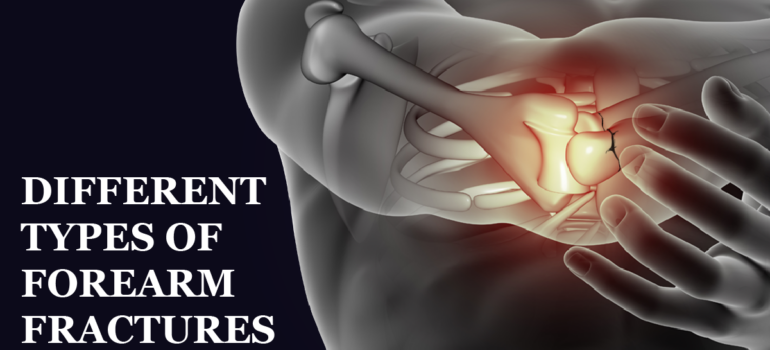Different types of forearm fractures
The forearm is made up of a combination of two bones- the ulna and the radius. If a fracture happens in any one of the bones then it is known as a forearm fracture. Falling on the forearm or outstretched arm and direct impact from an object to the forearm are some of the causes of this type of fracture.
What is a forearm fracture?
As mentioned above, the forearm consists of two bones- the radius and the ulna, where the ulna is located on the little finger and the radius on your thumb side. Forearm fracture can occur at different levels. A distal fracture, which is near the wrist at the one end of the bone, in the middle of the forearm and a proximal fracture which is near the elbow at the top end of the bone. It can occur through a direct fall on the forearm or direct impact from an object or indirect injury. Landing on an outstretched arm is the secondary cause.

Different types of forearm fractures
Forearm fracture can either occur radius or ulna as a single fracture or a combination of both fractures. There are two types of forearm fracture- Galeazzi and Monteggia. The type of fracture depends on whether both bones are fractured at different levels or is there a joint injury at the wrist or elbow.
Galeazzi fracture: When a displaced fracture in the radius and a dislocation of the ulna at the wrist, where the radius and ulna come together, Galeazzi Fracture happens.
Monteggia fracture: When a fracture in the ulna and the top of the radius is dislocated at the elbow joint, called Monteggia Fracture.
This is the basic information about Forearm Fracture which is commonly known as Ulna Fracture. We recommend you to visit a doctor after facing such issues. We hope this information adds value to your knowledge. Watch out this space for more such information. Greetings for SYS Medtech International PVT. LTD.











